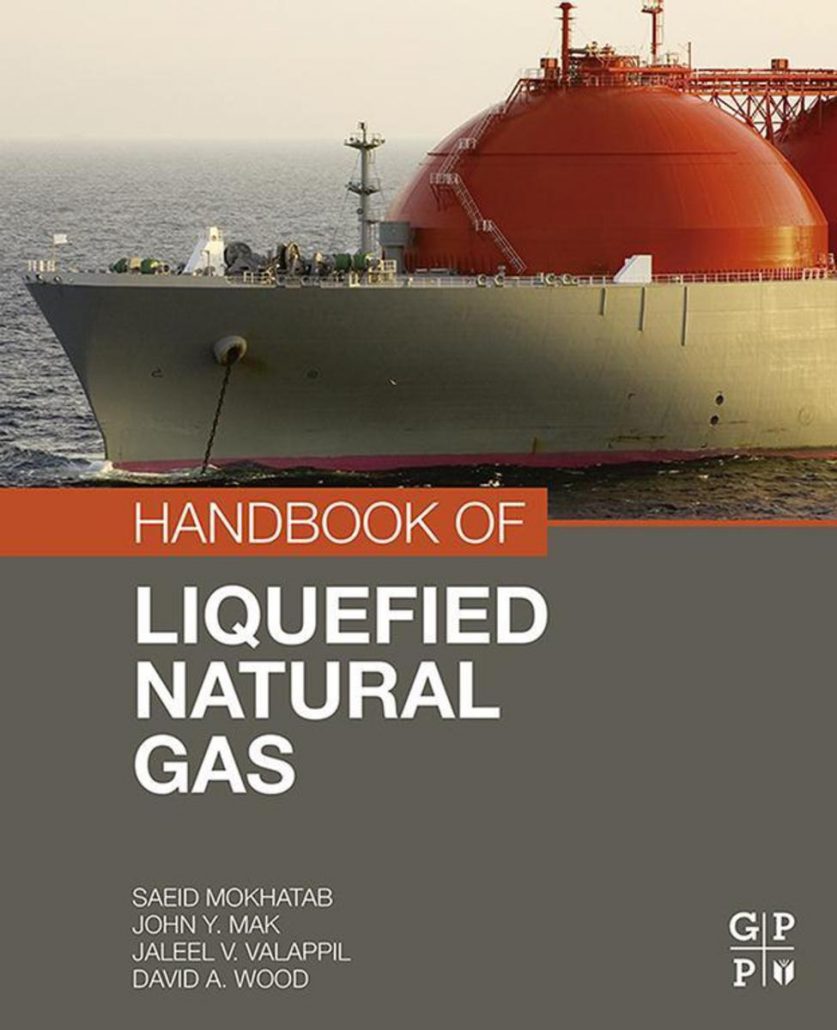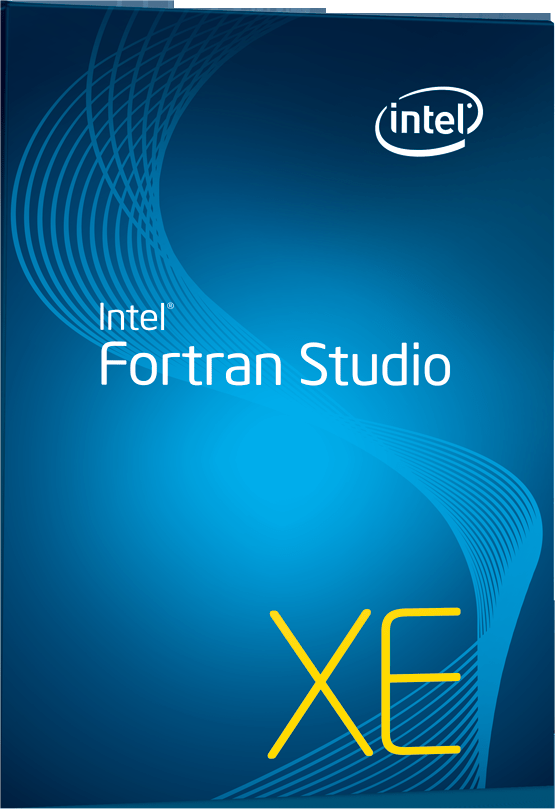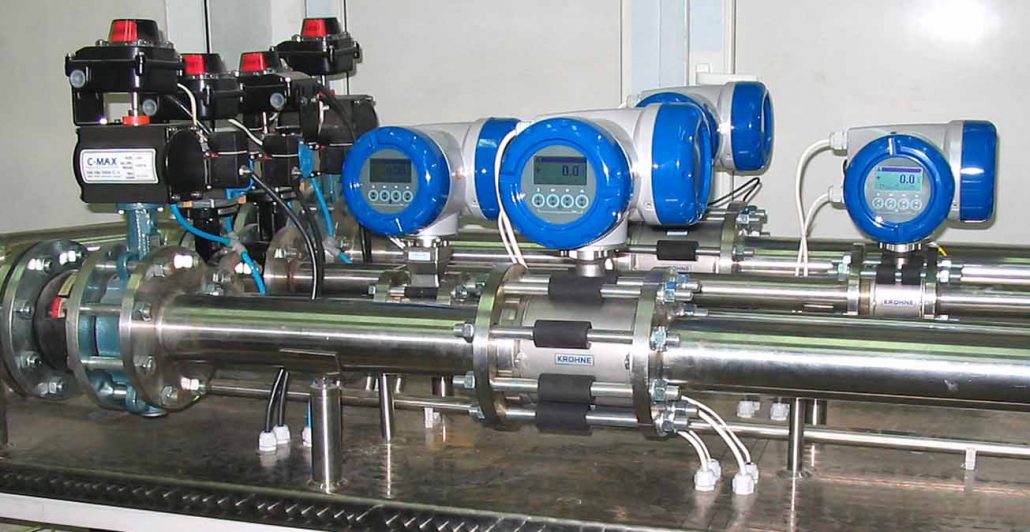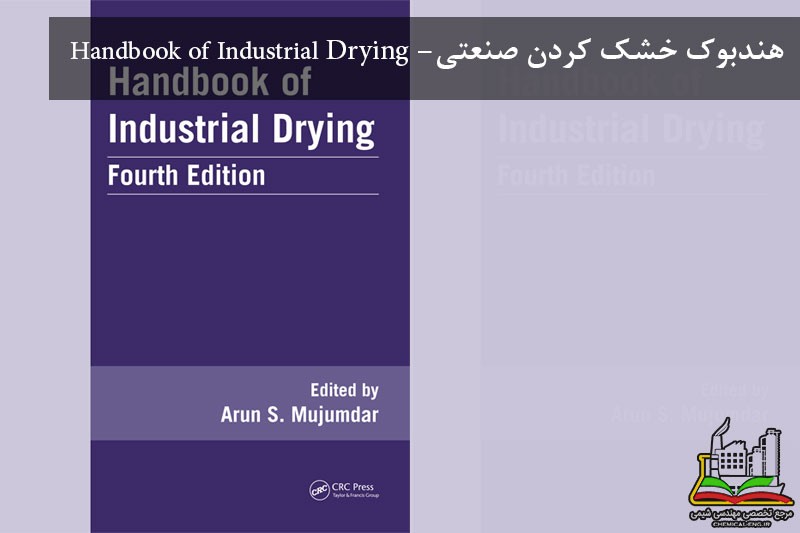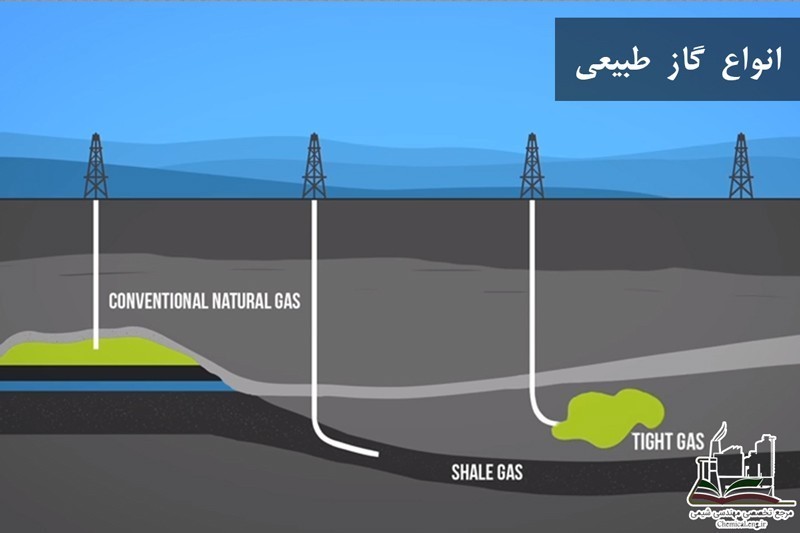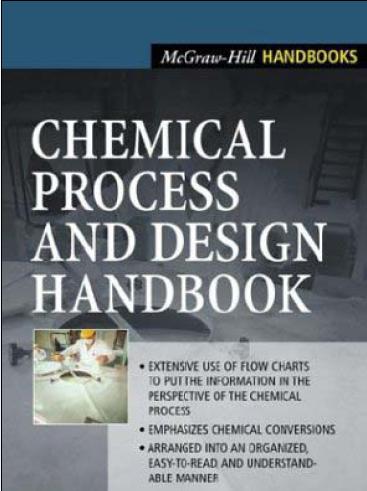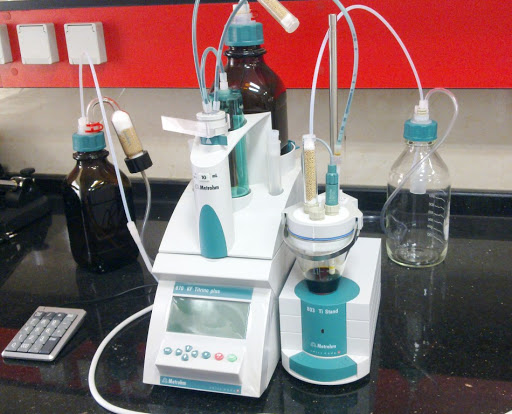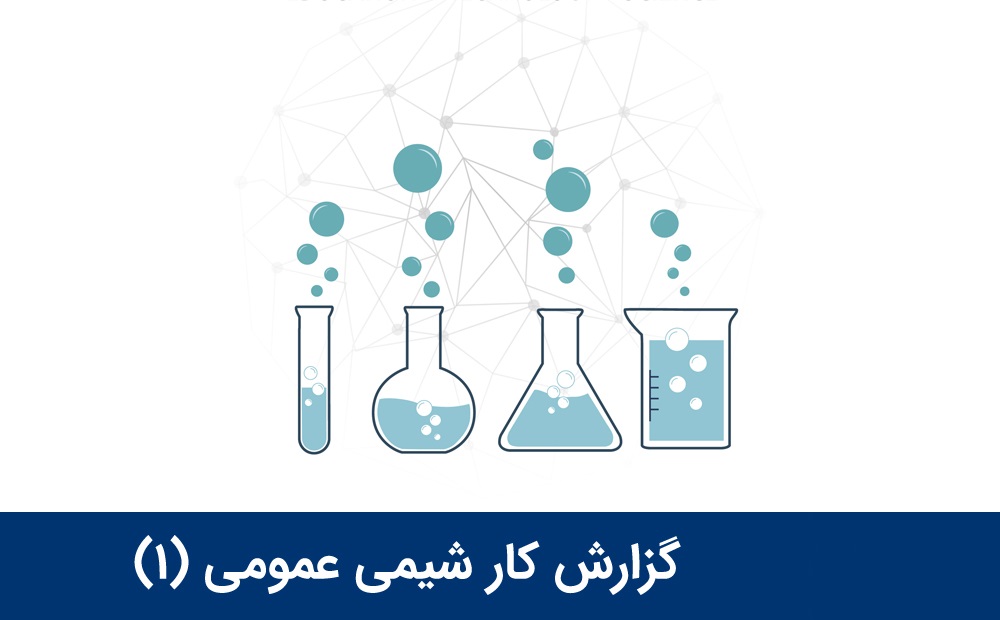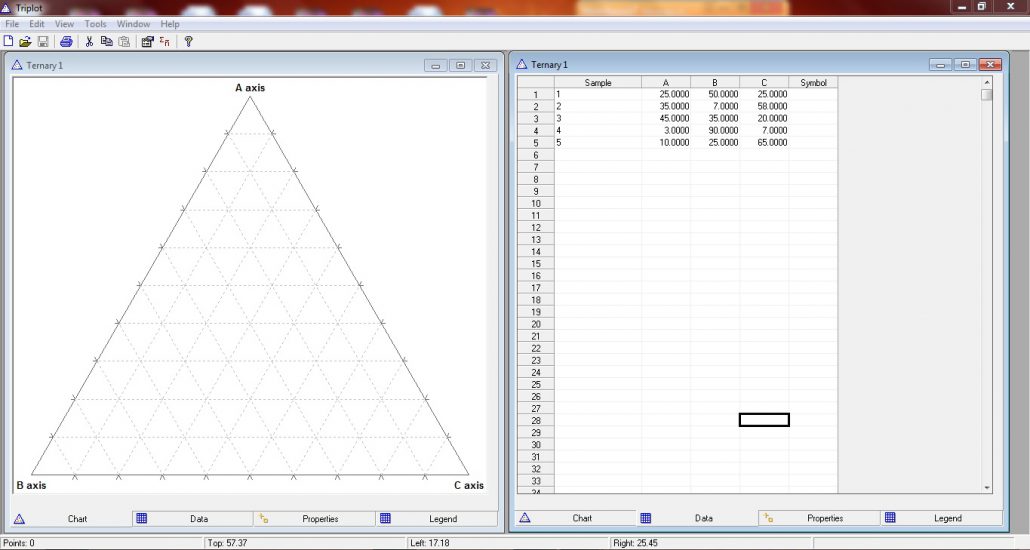Handbook of Liquefied Natural Gas
1st Edition
Authors: Saeid Mokhatab John Mak Jaleel Valappil David Wood
eBook ISBN: 9780124046450
Hardcover ISBN: 9780124045859
Paperback ISBN: 9780128099964
Imprint: Gulf Professional Publishing
Published Date: 24th October 2013
Page Count: 624
Description
Liquefied natural gas (LNG) is a commercially attractive phase of the commodity that facilitates the efficient handling and transportation of natural gas around the world. The LNG industry, using technologies proven over decades of development, continues to expand its markets, diversify its supply chains and increase its share of the global natural gas trade. The Handbook of Liquefied Natural Gas is a timely book as the industry is currently developing new large sources of supply and the technologies have evolved in recent years to enable offshore infrastructure to develop and handle resources in more remote and harsher environments. It is the only book of its kind, covering the many aspects of the LNG supply chain from liquefaction to regasification by addressing the LNG industries’ fundamentals and markets, as well as detailed engineering and design principles. A unique, well-documented, and forward-thinking work, this reference book provides an ideal platform for scientists, engineers, and other professionals involved in the LNG industry to gain a better understanding of the key basic and advanced topics relevant to LNG projects in operation and/or in planning and development.
Key Features
Highlights the developments in the natural gas liquefaction industries and the challenges in meeting environmental regulations
Provides guidelines in utilizing the full potential of LNG assets
Offers advices on LNG plant design and operation based on proven practices and design experience
Emphasizes technology selection and innovation with focus on a “fit-for-purpose” design
Updates code and regulation, safety, and security requirements for LNG applications
Readership
Professional LNG process engineers and technologists, LNG plant designers and operators, scientists and researchers working in the LNG industry
- Table of Contents
Dedication - Authors’ Biographical Sketches
- Contributors
- Preface
- Endorsements
- Chapter 1. LNG Fundamentals
- Abstract
- 1.1 Introduction
- 1.2 Monetizing stranded gas
- 1.3 LNG characteristics
- 1.4 Traditional LNG supply chain
- 1.5 Offshore LNG supply chain
- 1.6 LNG environmental aspects
- 1.7 Costs and economic implications of LNG facilities
- 1.8 LNG contracts and project development
- 1.9 LNG trade
- References
- Chapter 2. Gas Conditioning and NGL Recovery Technologies
- Abstract
- 2.1 Introduction
- 2.2 LNG production plants
- References
- Chapter 3. Natural Gas Liquefaction
- Abstract
- 3.1 Introduction
- 3.2 Natural gas liquefaction technology
- 3.3 Offshore natural gas liquefaction
- References
- Chapter 4. Energy and Exergy Analyses of Natural Gas Liquefaction Cycles
- Abstract
- 4.1 Introduction
- 4.2 Refrigeration/liquefaction cycle principles
- 4.3 Refrigerant selections
- 4.4 Fundamentals of energy and exergy analysis
- 4.5 Energy and exergy analyses of natural gas liquefaction cycles
- References
- Chapter 5. Natural Gas Liquefaction Cycle Enhancements and Optimization
- Abstract
- 5.1 Introduction
- 5.2 Natural gas liquefaction cycle enhancement types
- 5.3 Energy consumption enhancement options by recovering process losses and waste heat
- 5.4 Brief introduction to optimization
- 5.5 Liquefaction cycle optimization
- 5.6 Driver cycle optimization
- 5.7 Mobile LNG plants optimal design challenges
- References
- Chapter 6. Process Control and Automation of LNG Plants and Import Terminals
- Abstract
- 6.1 Introduction
- 6.2 Objectives of LNG plant automation
- 6.3 LNG plant process control/automation development and functionalities
- 6.4 Process control of key units in LNG plants
- 6.5 Advanced process control and optimization of LNG plants
- 6.6 Process control and automation in LNG import terminals
- 6.7 Case study 1: advanced process control for APCI C3MR LNG process
- References
- Chapter 7. LNG Plant and Regasification Terminal Operations
- Abstract
- 7.1 Introduction
- 7.2 LNG plant normal operation
- 7.3 General startup sequence
- 7.4 LNG plant startup
- 7.5 LNG plant shutdown
- 7.6 Performance and acceptance test
- 7.7 LNG regasification terminal normal operation
- 7.8 LNG regasification terminal startup
- 7.9 LNG regasification terminal shutdown
- References
- Chapter 8. Dynamic Simulation and Optimization of LNG Plants and Import Terminals
- Abstract
- 8.1 Introduction
- 8.2 Life cycle dynamic simulation of LNG plants and import terminals
- 8.3 Dynamic modeling of LNG plants
- 8.4 Applications of dynamic simulation in LNG
- 8.5 Dynamic simulation of LNG import terminals
- References
- Chapter 9. LNG Safety and Security Aspects
- Abstract
- 9.1 Introduction
- 9.2 Hazards associated with LNG plants
- 9.3 Safety features of LNG facilities
- 9.4 LNG risk analysis and controls
- 9.5 LNG security
- References
- Chapter 10. Advances and Innovations in LNG Industry
- Abstract
- 10.1 Introduction
- 10.2 Innovations in LNG liquefaction
- 10.3 LNG regasification
- References
- Chapter 11. LNG Project Management
- Abstract
- 11.1 Introduction
- 11.2 Project management sequence
- 11.3 Success of engineering and design
- 11.4 Sponsor–contractor relationships
- 11.5 Defining business and project objectives
- 11.6 The project charter
- 11.7 Project risk assessments and risk management plans
- 11.8 Pre-FEED or conceptual risks
- 11.9 Key project management considerations for LNG projects
- 11.10 Scenario-based risk assessment
- 11.11 Technical and extreme risks (engineering and design)
- 11.12 Hazards and operability (HAZOP) studies
- 11.13 Project execution risks
- 11.14 Additional specific precommissioning risk assessments
- 11.15 Focusing planning stages on constructability
- 11.16 Developing a project constructability program
- 11.17 Project cost, schedule estimating, and modeling
- 11.18 Quality assurance, control, and inspection
- 11.19 Technology verification and risk-based verification
- 11.20 Engineering, procurement, and construction (EPC) contracts
- 11.21 EPC contractor selection and design competitions
- 11.22 Project management case study: Peru LNG
- 11.23 Ensuring continuity from project construction to plant operations
- 11.24 Integrated approaches to achieve high standards of performance
- 11.25 Conclusions
- References
- Appendix 1. An LNG Primer: Basic Facts, Safety and Security Clarifications
- A1.1 Background of LNG
- A1.2 LNG supply chain
- A1.3 LNG regasification terminals
- A1.4 Seismic design requirements
- A1.5 LNG’s safety records
- A1.6 LNG carriers
- A1.7 LNG spills
- A1.8 Security for LNG facilities and ships
- A1.9 Risk of terrorism adds new dimension to LNG safety risk
- References
- Appendix 2. Modeling the Phase Behavior of LNG Systems with Equations of State
- A2.1 Introduction
- A2.2 Thermodynamics and topography of the phase behavior of LNG systems
- A2.3 Numerical procedures for calculating the multiphase equilibrium
- A2.4 Calculation of critical points at constant composition
- A2.5 Calculation of K- and LCST-points at constant temperature
- A2.6 Calculation of phase envelopes
- A2.7 Thermodynamic models
- A2.8 Examples of application
- References
- Appendix 3. LNG Plant Relief and Flare Systems Design Guideline
- A3.1 Introduction
- A3.2 Flare and relief design considerations
- A3.3 Relief scenarios
- A3.4 Plant failure causes
- A3.5 Equipment or operation failure
- A3.6 Operator intervention
- A3.7 Operation relieves
- A3.8 Design pressure
- A3.9 Design temperature
- A3.10 Other design considerations
- Index
Details
No. of pages: 624
Language: English
Copyright: © Gulf Professional Publishing 2014
Published: 24th October 2013
Imprint: Gulf Professional Publishing
eBook ISBN: 9780124046450
Hardcover ISBN: 9780124045859
Paperback ISBN: 9780128099964

